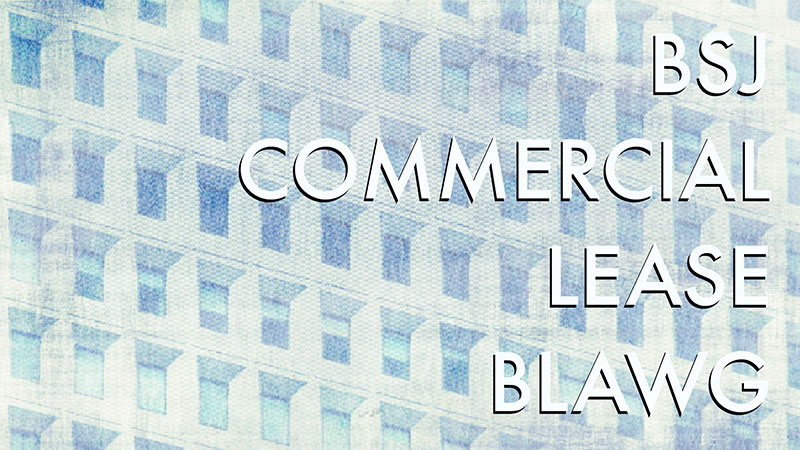By utilizing Energy Star-qualified fluorescent or light emitting diode (LED) lighting, a landlord can reduce energy usage in a commercial space by as much as 75%. Installation of environmentally friendly lighting products results in an obvious and immediate reduction in operating costs, in terms of a smaller monthly utility bill, but over time Landlord also will recognize additional savings due to maintenance efficiencies. Because fluorescents and LEDs last significantly longer than incandescents, Landlord will have fewer bulbs to buy and little need to maintain an ongoing disposal program, and maintenance personnel will spend less time responding to tenant calls for bulb replacement – you may even notice that the ladders in the equipment closet do not need to be replaced as often.
Savings on the lighting side of things also can be achieved through the installation of occupancy sensors –lighting controls utilizing ultrasonic or infrared technology that automatically turn lights on and off as people enter and leave a room. These are easy gadgets to install but have the potential to reduce lighting costs by a significant amount.
Second only to lighting in terms of being an energy (and cash) drain, space cooling can account for 15% of electrical usage in a commercial building. Per the Energy Star program’s Web site, installing an Energy Star-qualified commercial HVAC product will, over time, generate utility savings of $1.70 per square foot. Assuming 20,000 square feet of heated and cooled space, that translates into a $20,000-plus savings over the expected life of an HVAC unit – and Landlord would be preventing the emission of 40,000 pounds of greenhouse gas in the process.
Good news all around, but that good news also raises the question: who should benefit from these leaps in technology? Your typical net lease format passes utility costs off on Tenant, meaning that savings generated by Landlord’s good purchasing choices ultimately benefit Tenant. Thus, in the interest of creating value for the building, Landlord may want to consider shifting from a net lease to a gross (or modified gross) leasing format. By picking up the tab for utilities, Landlord recognizes any operating cost savings.
On the flip side, in the absence of submetering, Tenant may remain blissfully unaware of its energy-related occupancy costs – and, certainly, Tenant has more day-to-day control over energy consumption than Landlord. And therein lies the rub:
- If through submetering and direct billing or as a triple net charge, Tenant bears the actual cost of utility usage, Tenant is more likely to employ its own energy conservation measures (such as purchasing Energy Star-certified business machines and breakroom appliances – in addition to simple steps like turning off lights at the end of the workday); but
- If utility costs are netted out, Landlord’s incentive to spend capital dollars to improve system efficiency is reduced, which ultimately could result in higher expenses for Tenant.
Certainly, Landlord needs to weigh these factors in structuring and pricing the lease, and, in a net lease world, it may be in Tenant’s best interest to allow Landlord to recoup through operating expenses the amortized cost of energy-saving systems – particularly if the lease is for a longer term and/or comes with multiple renewal options.


